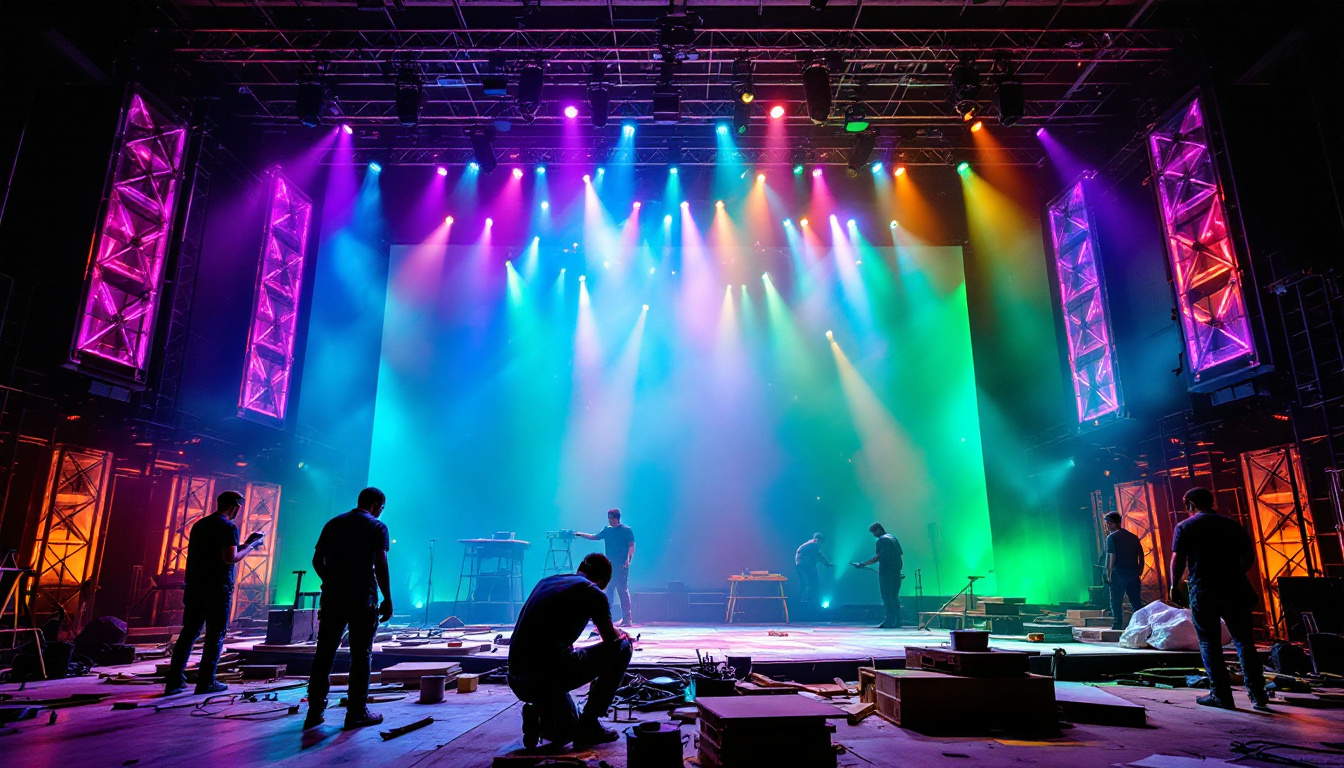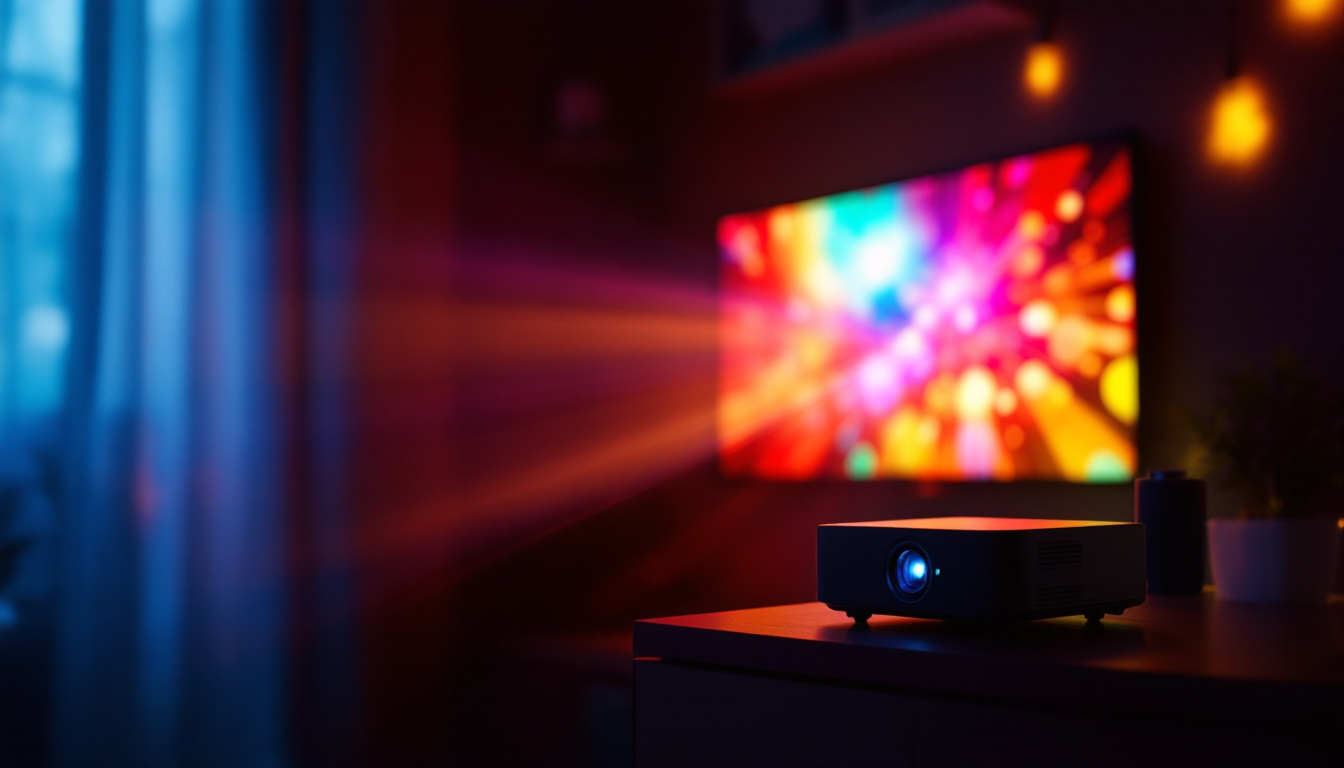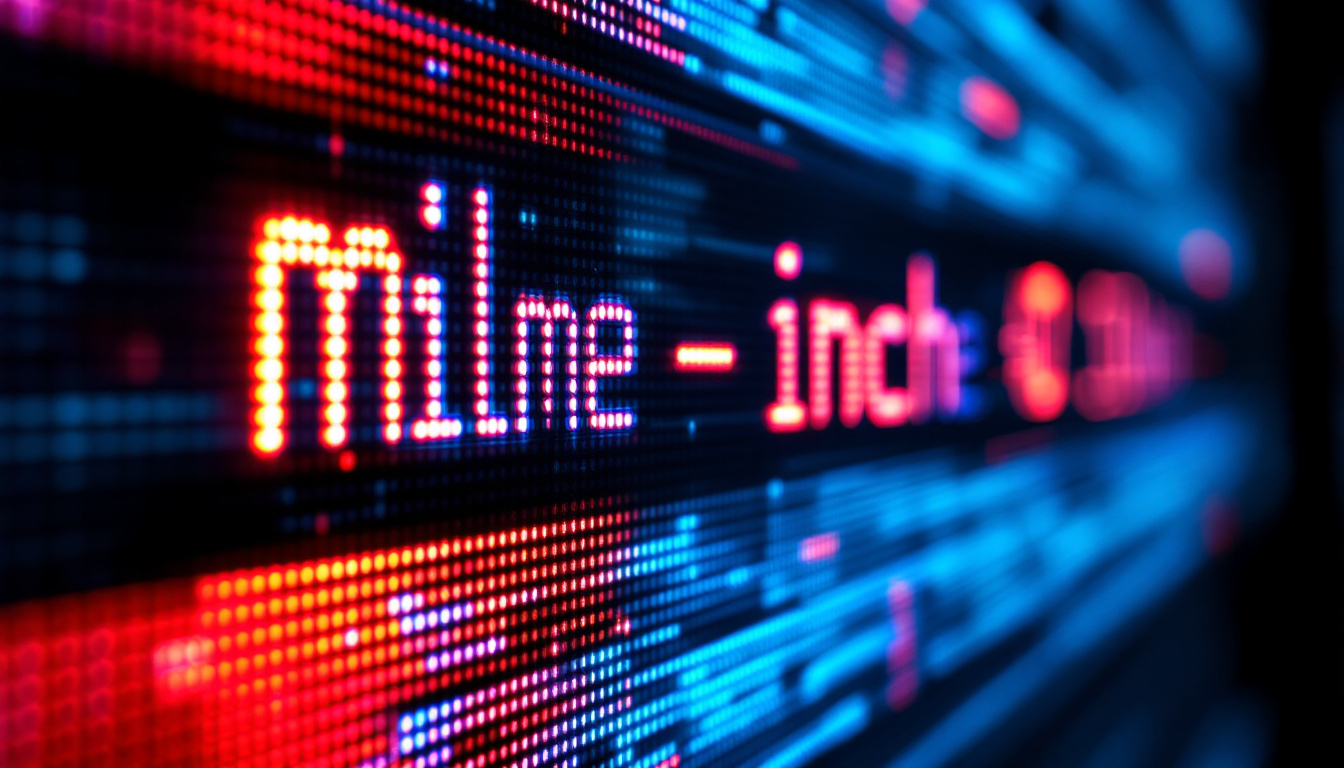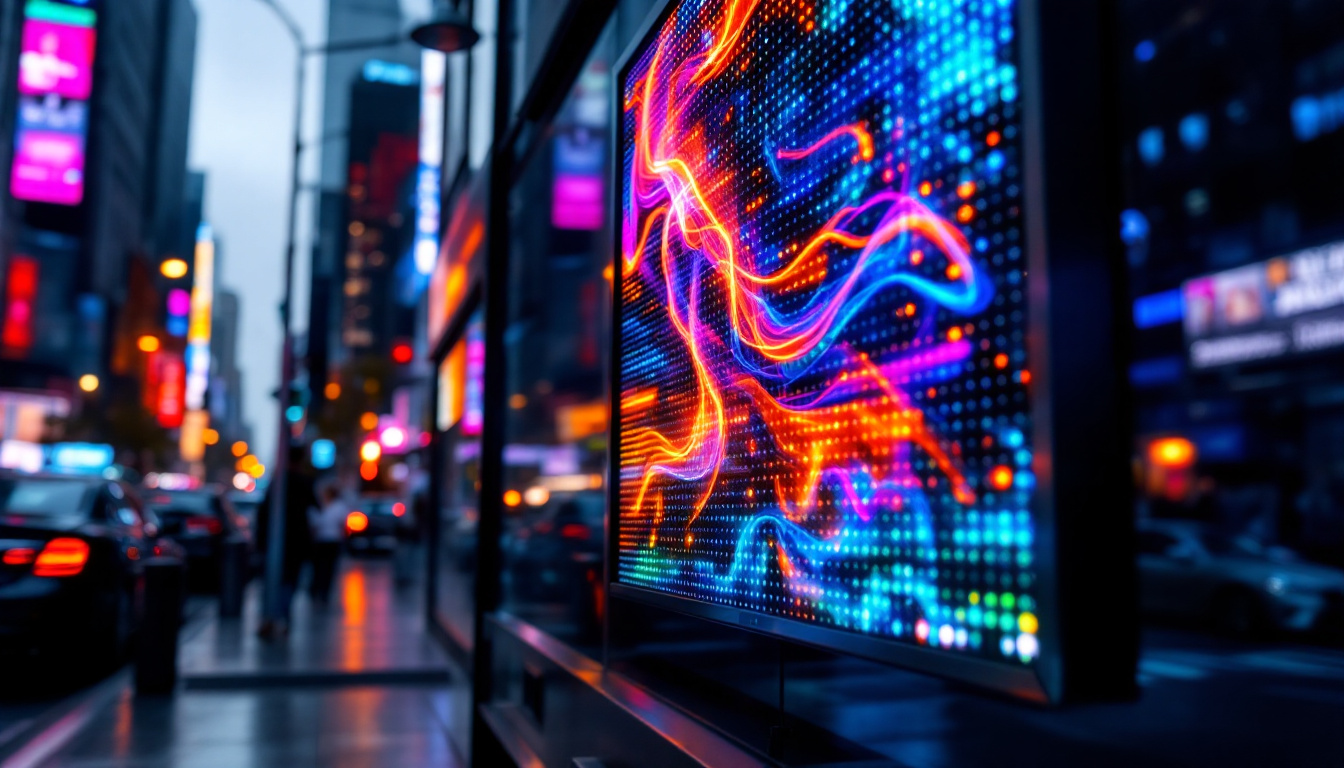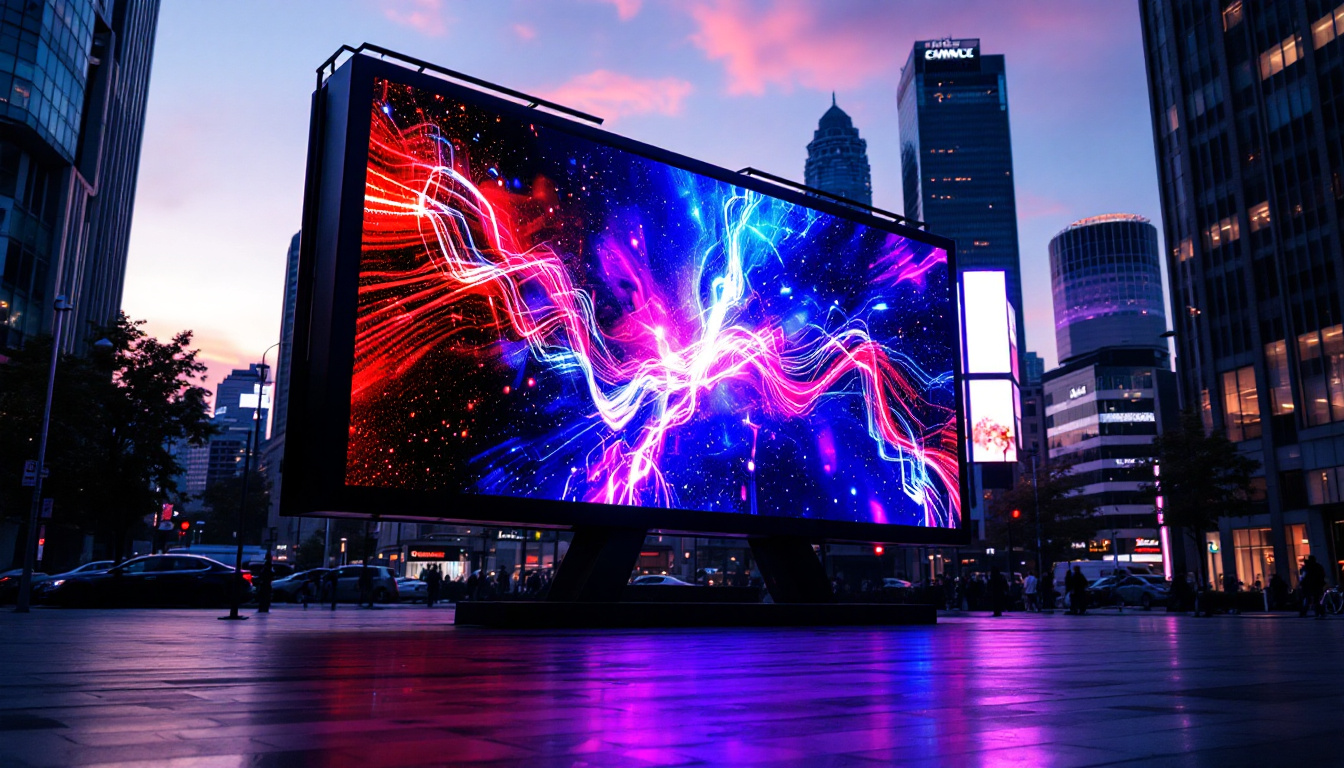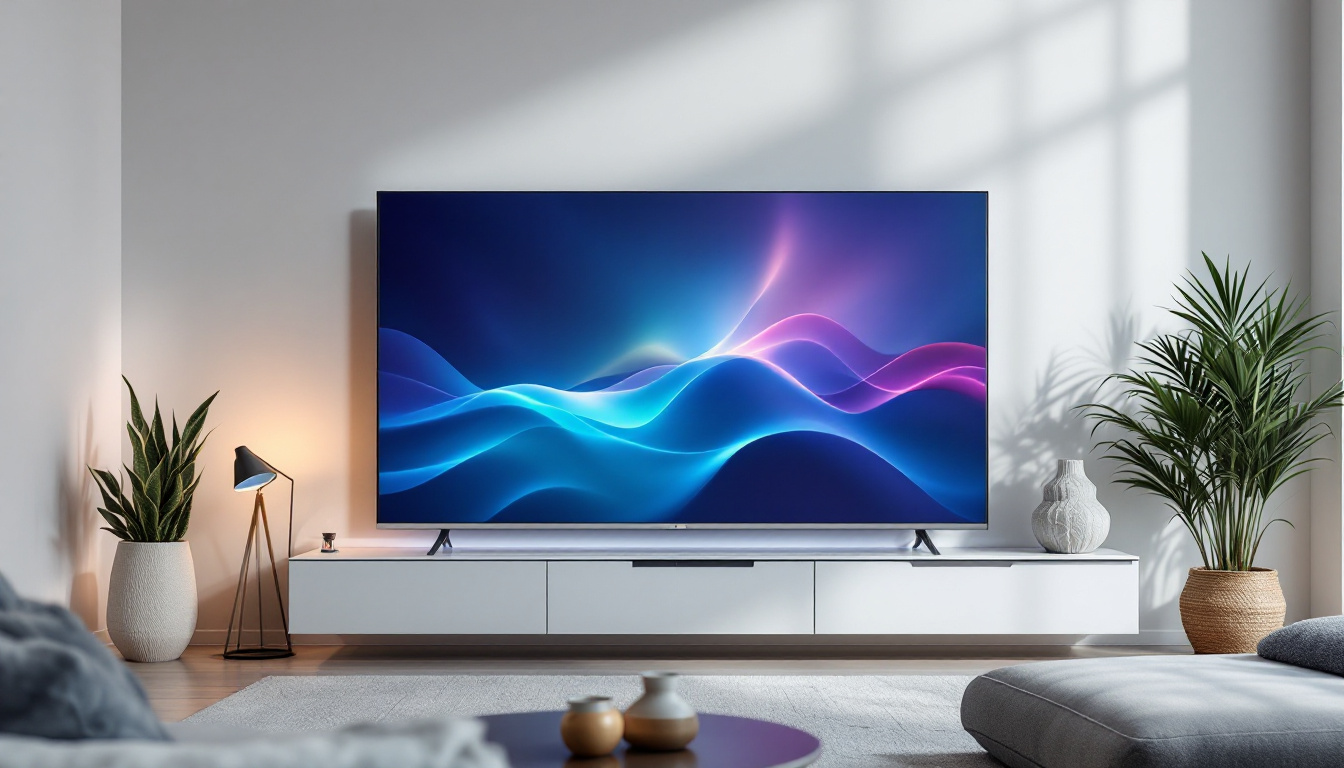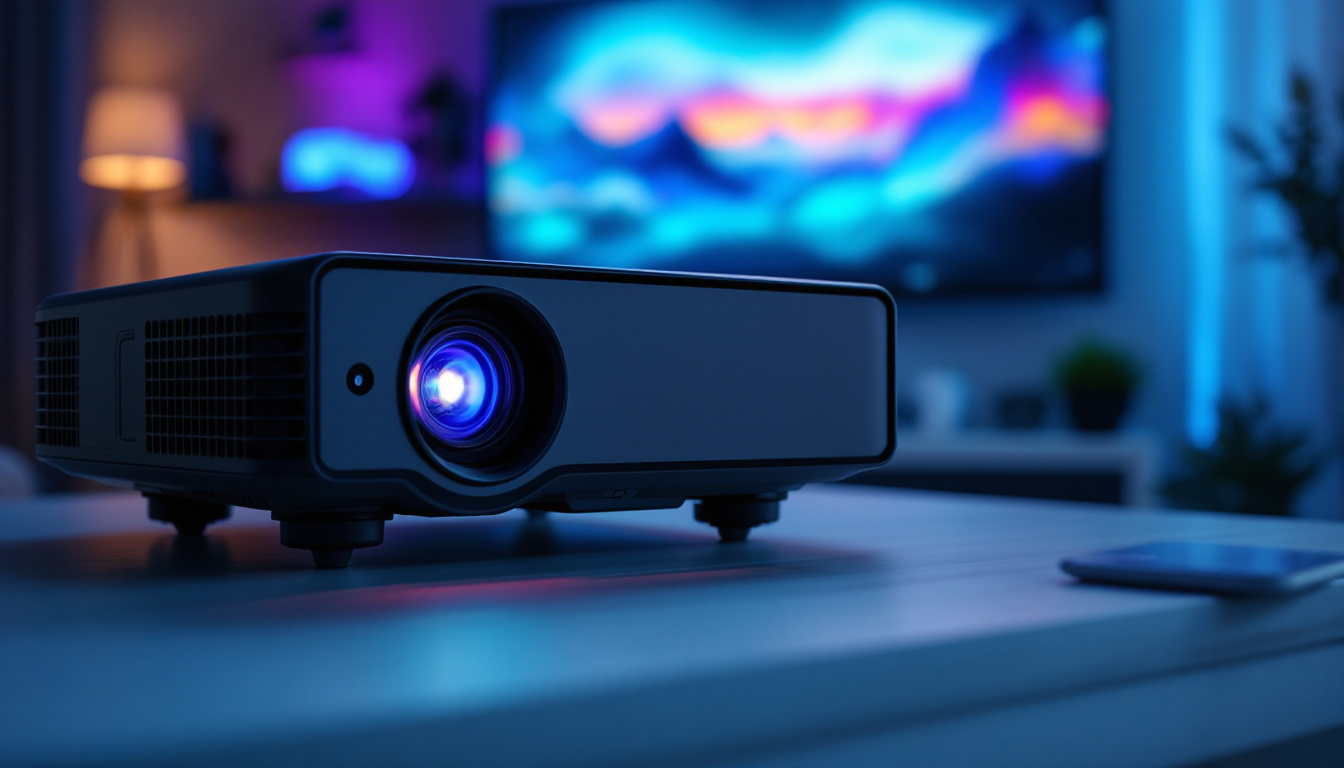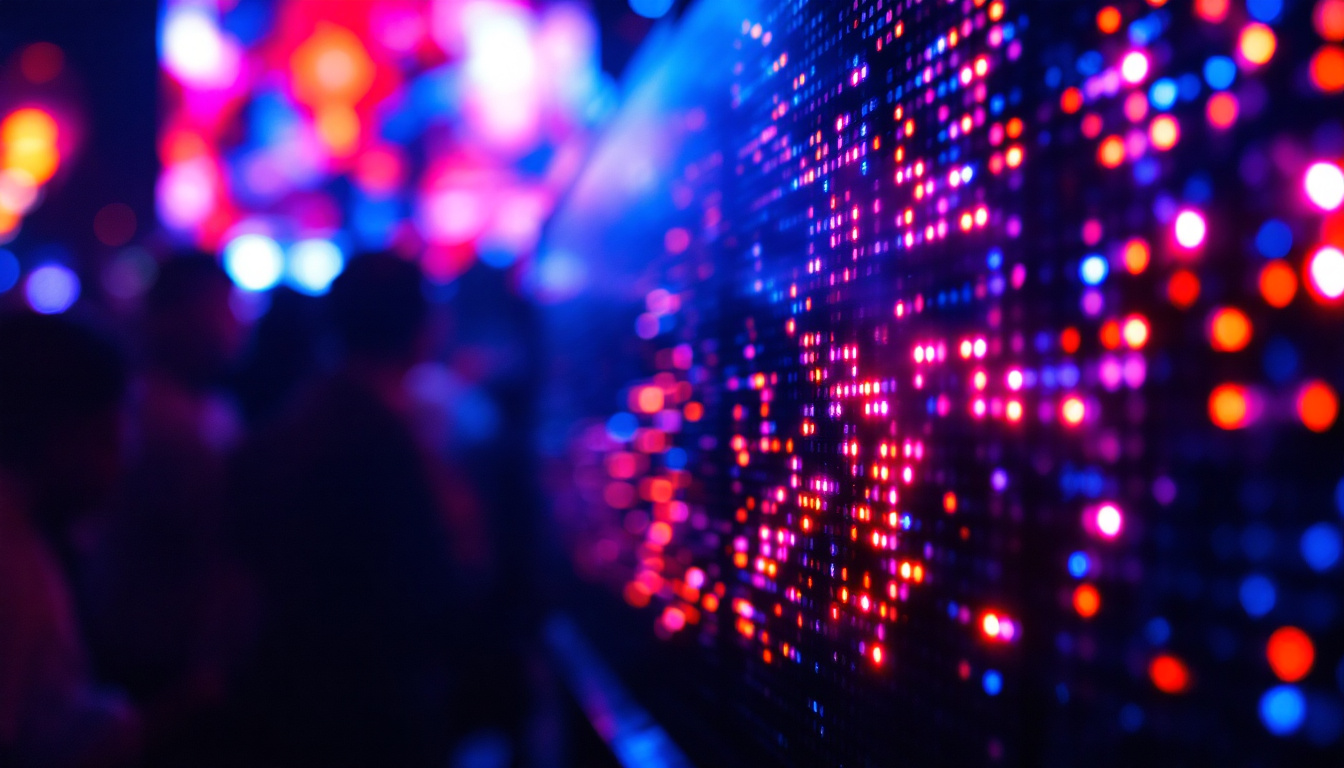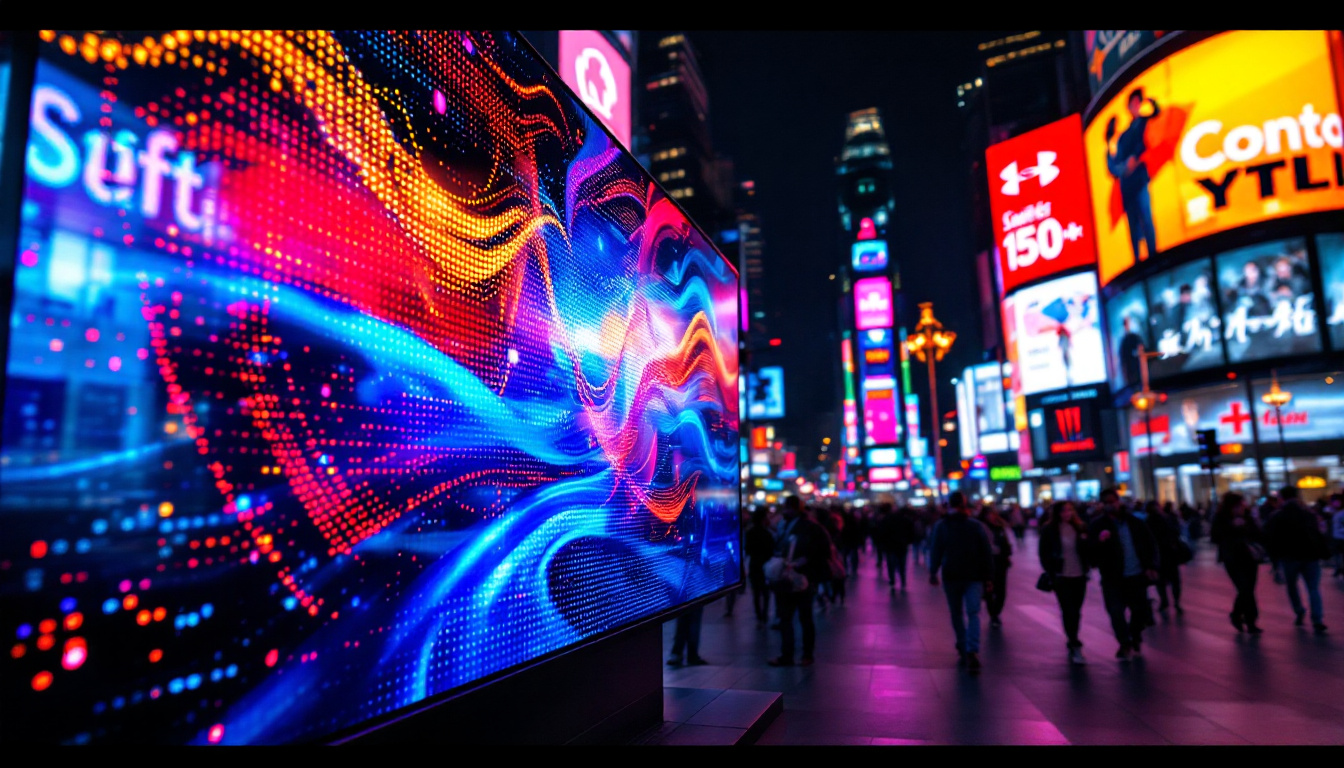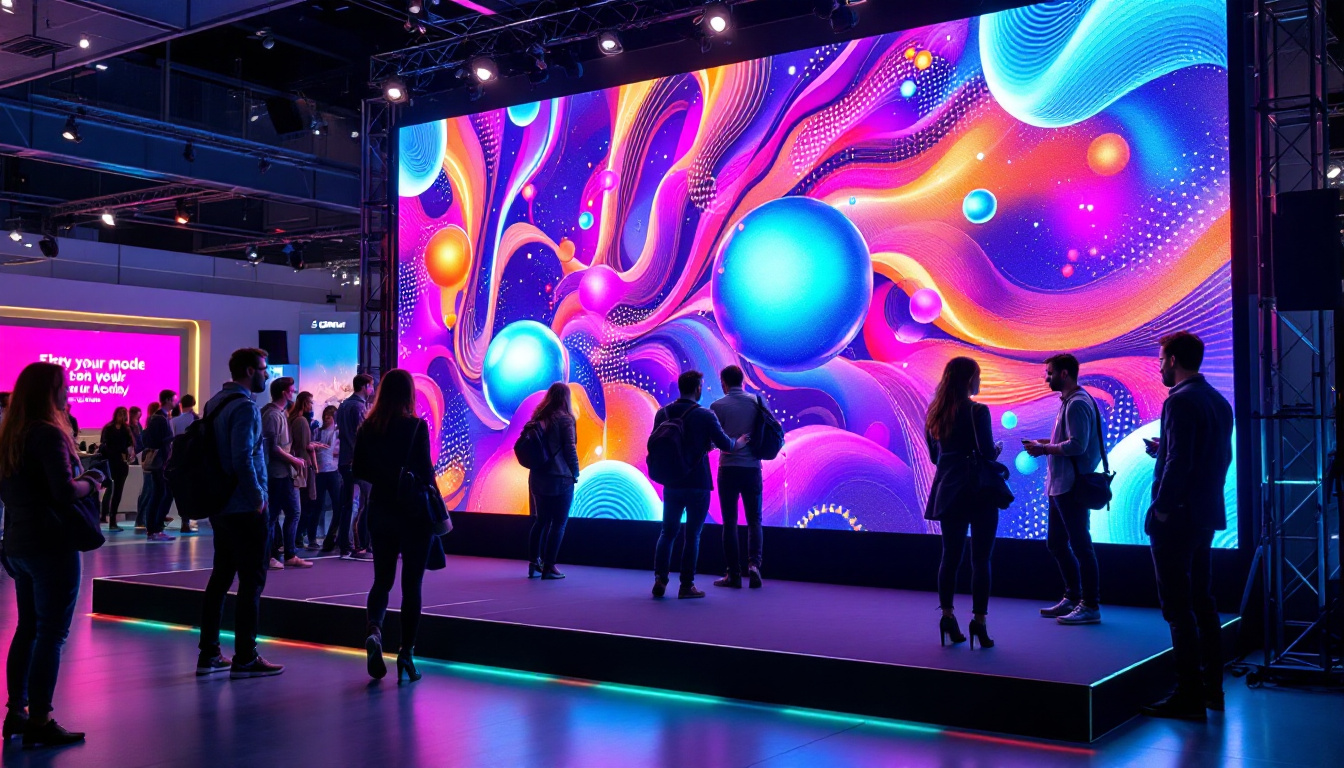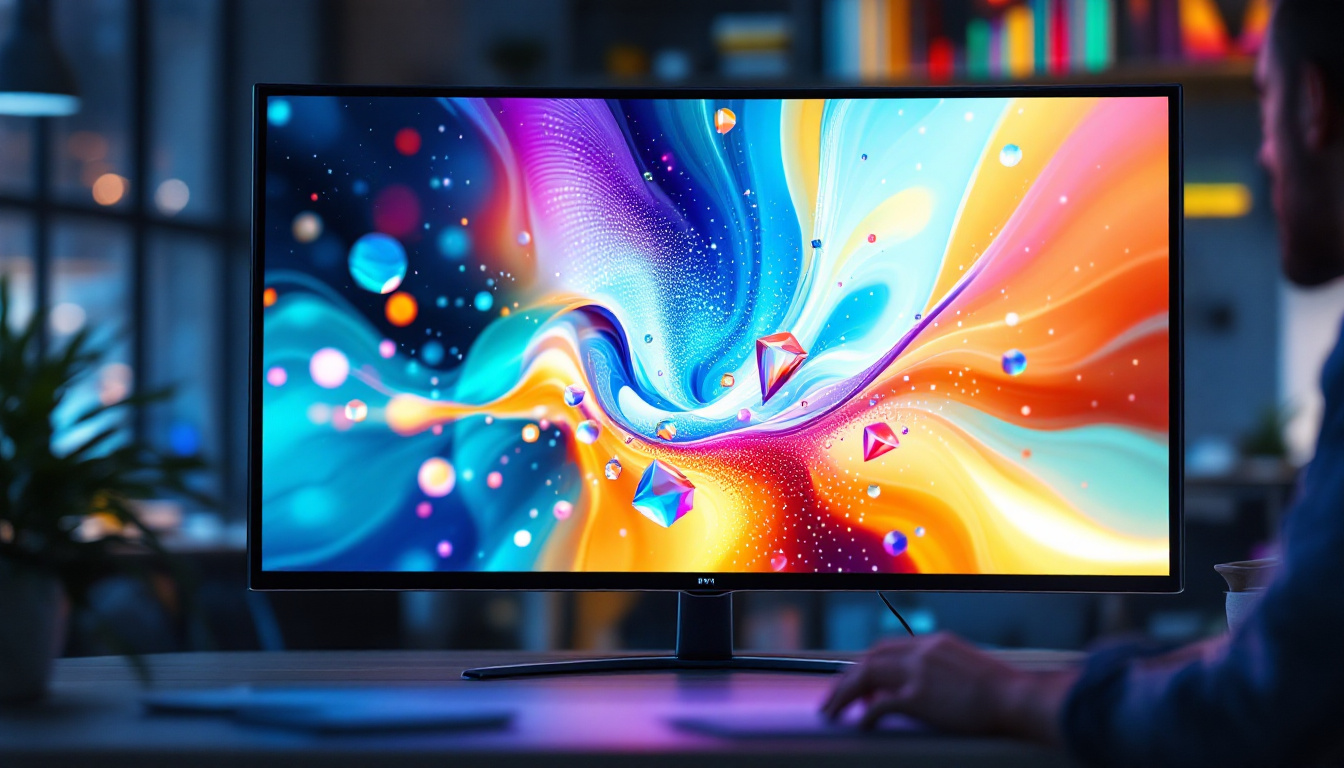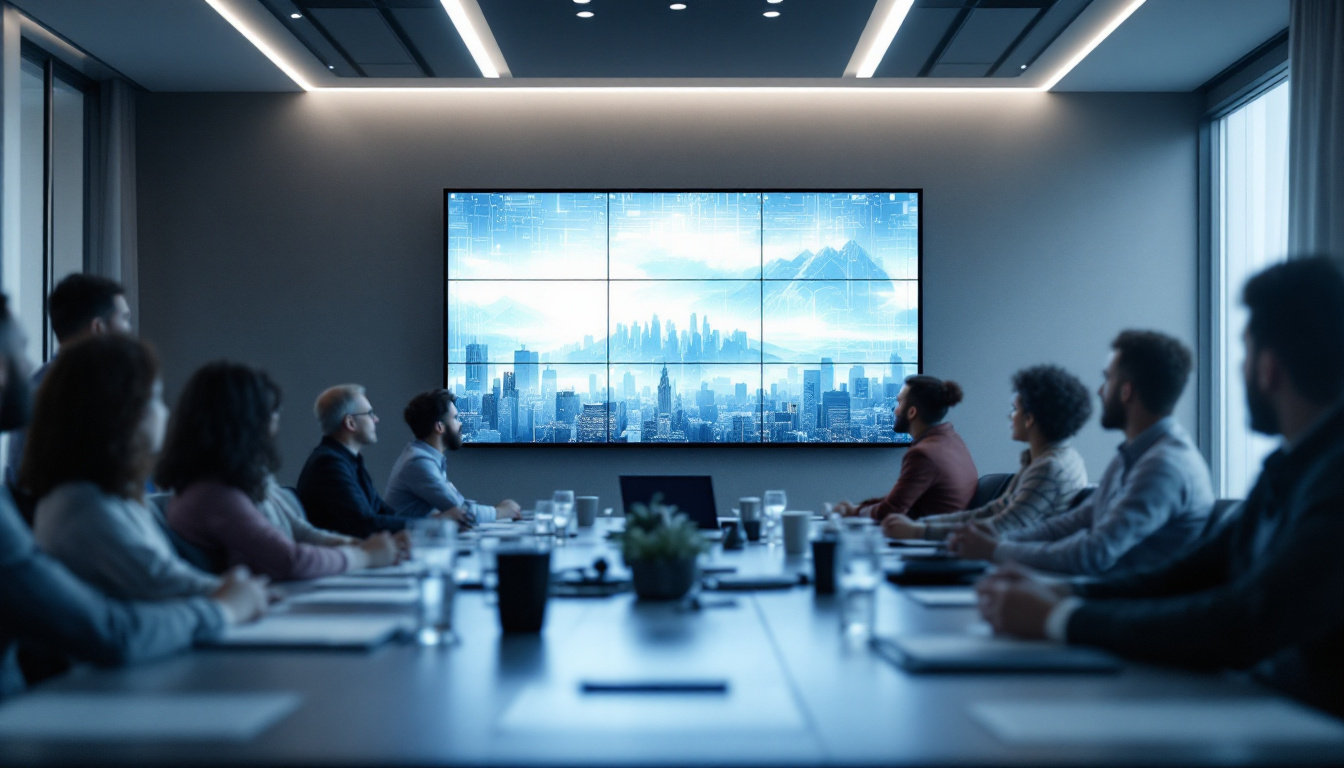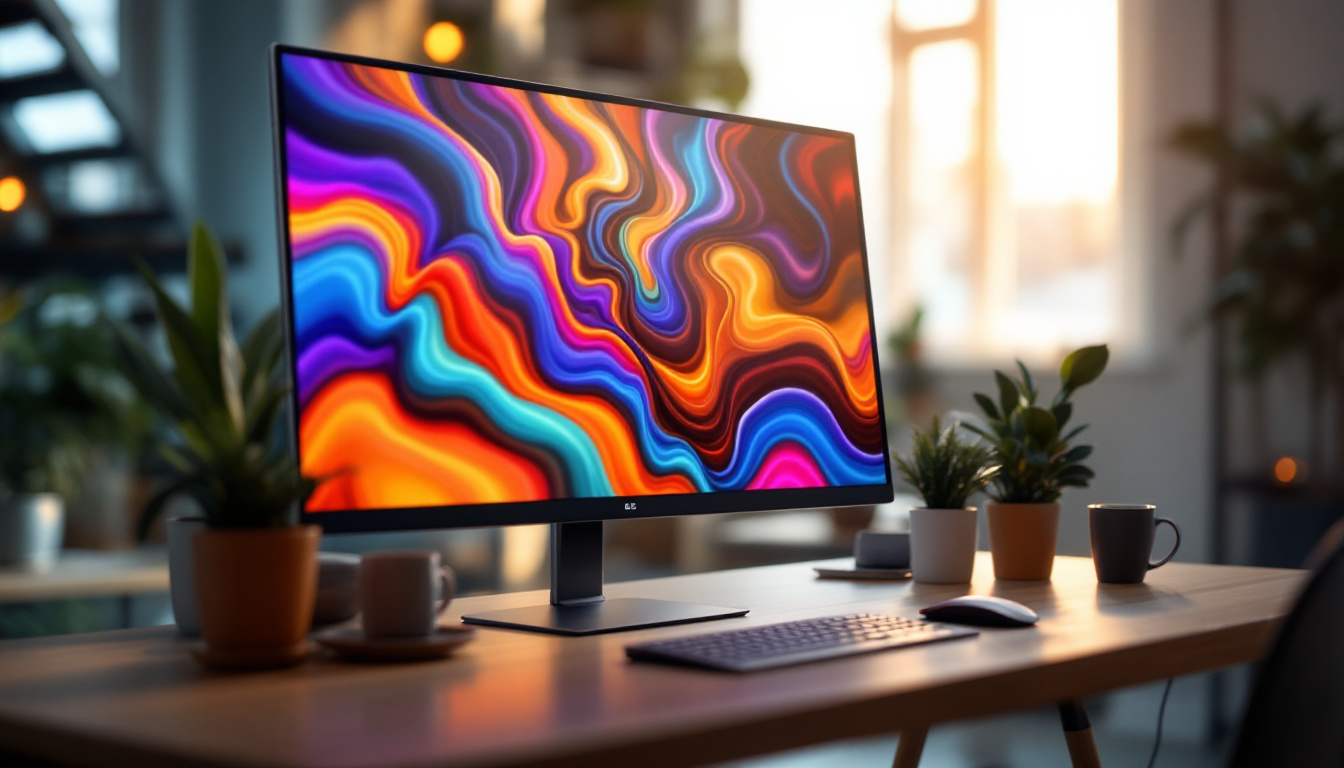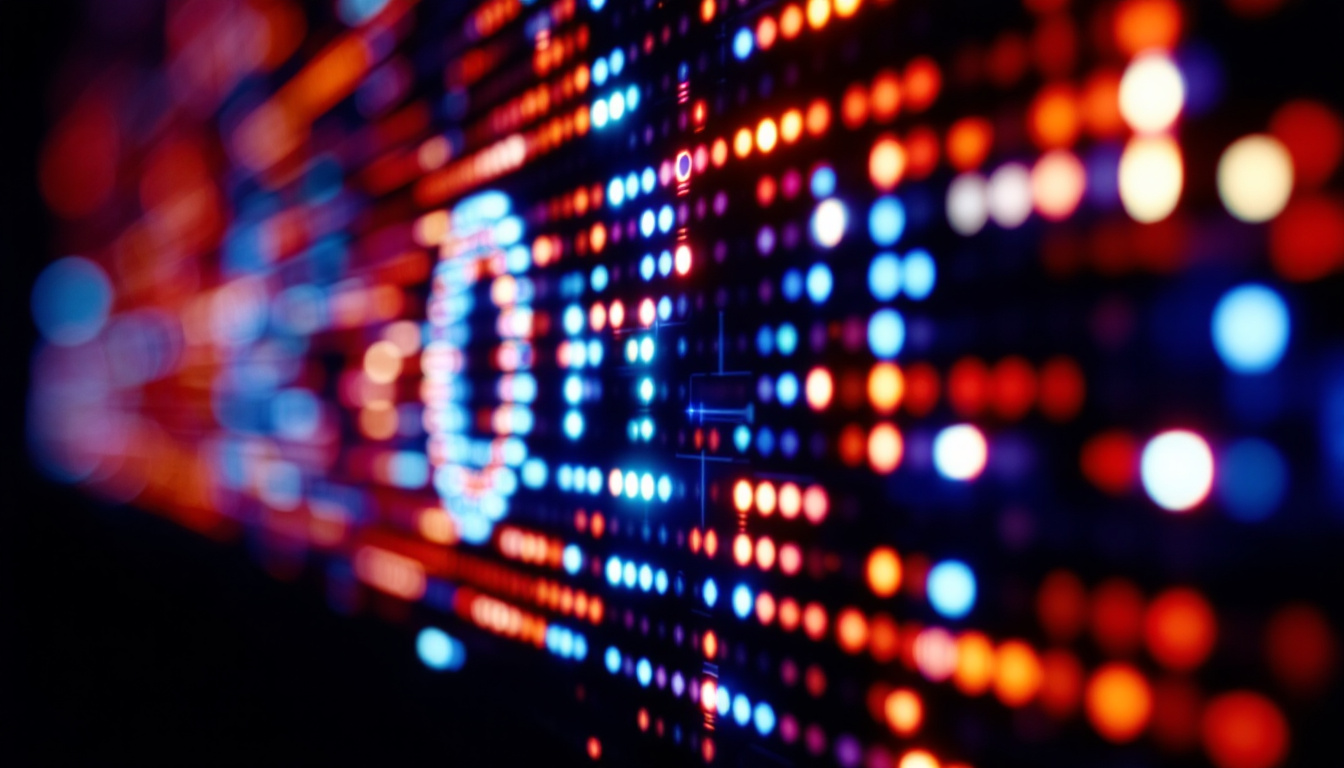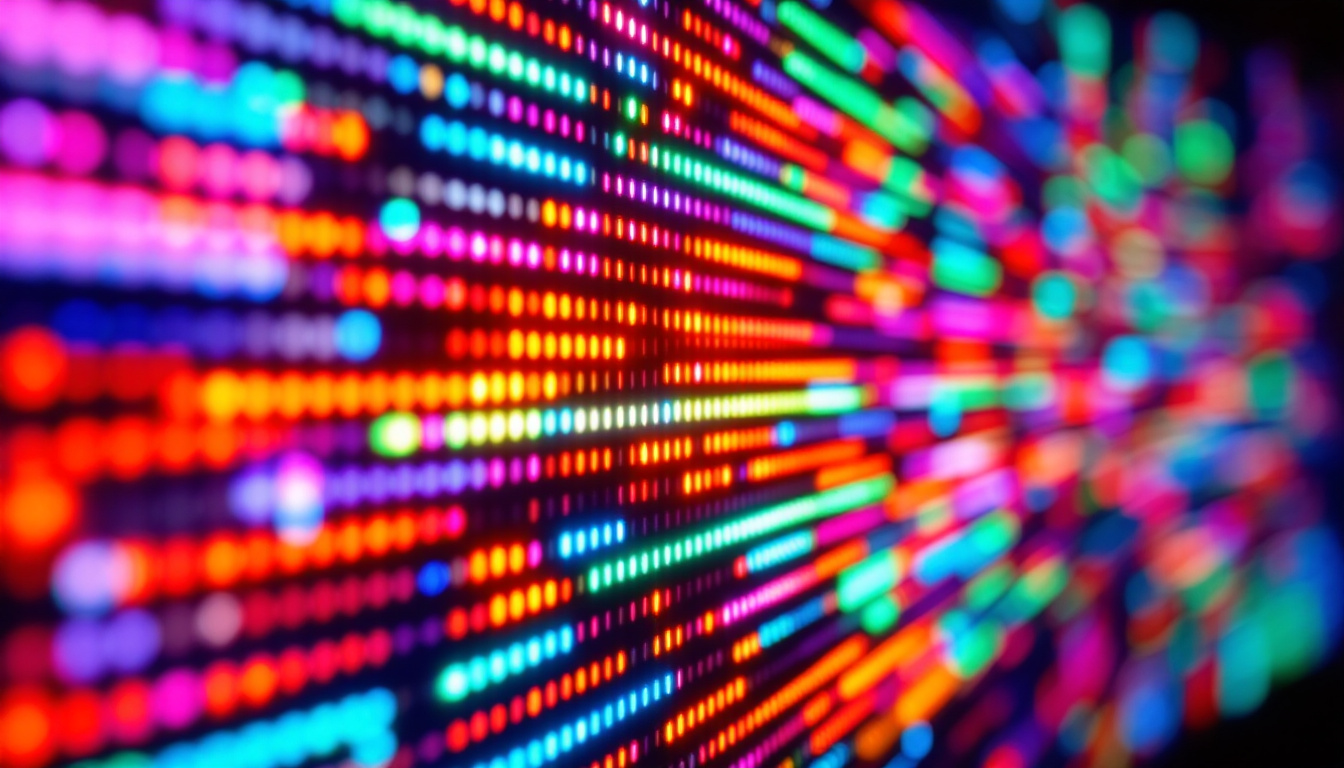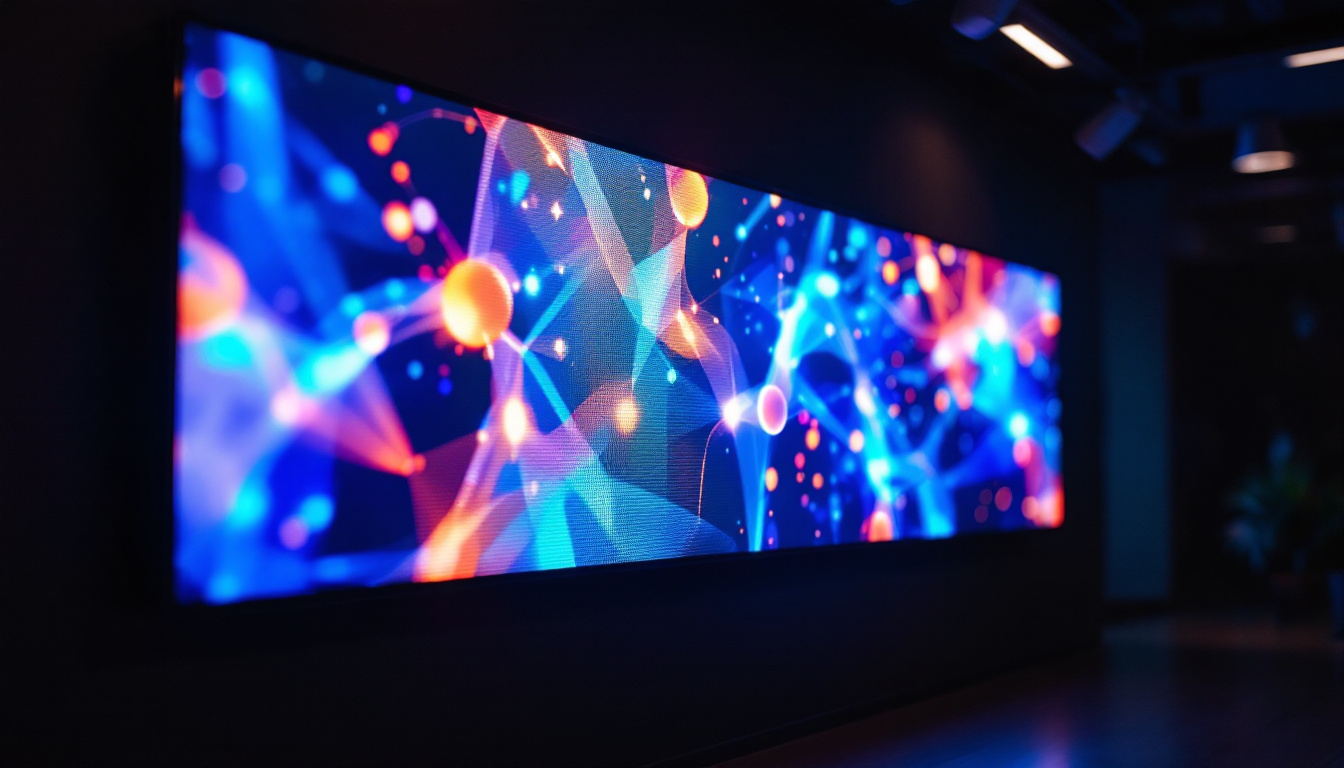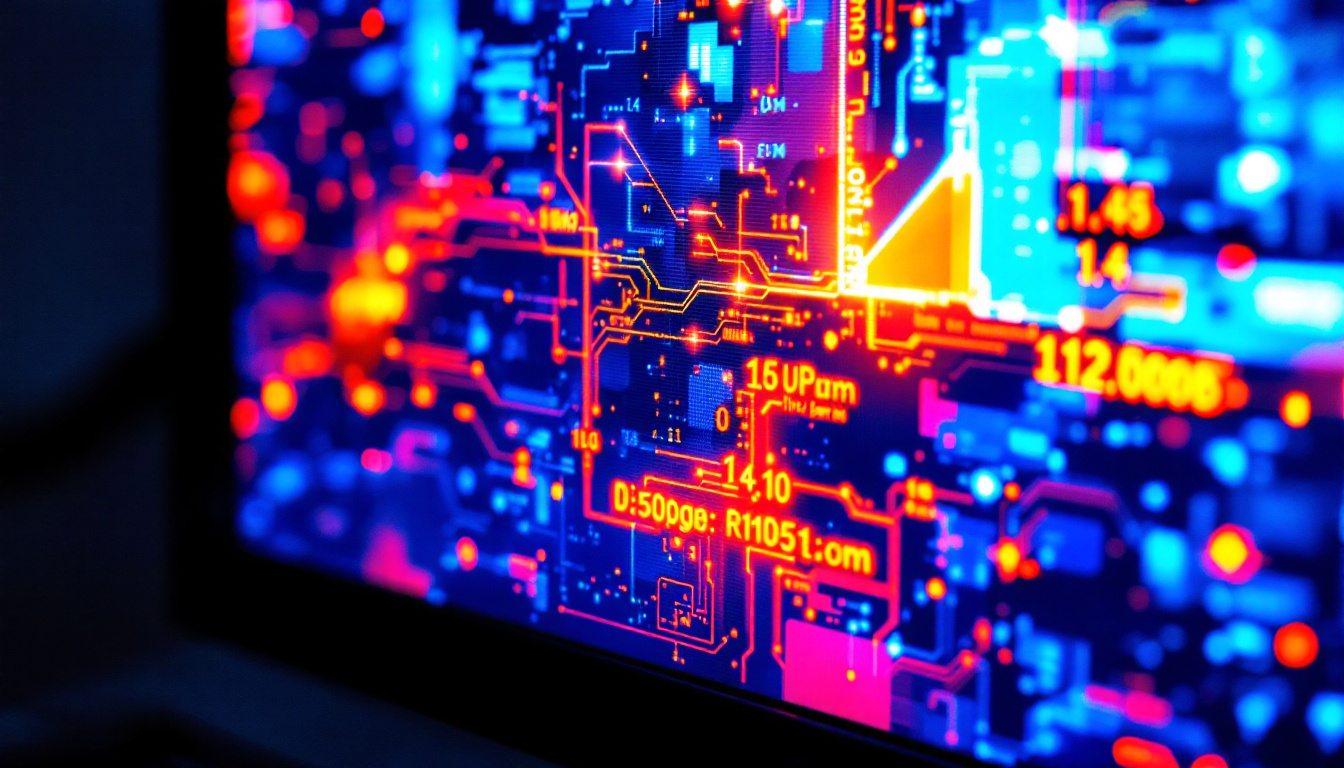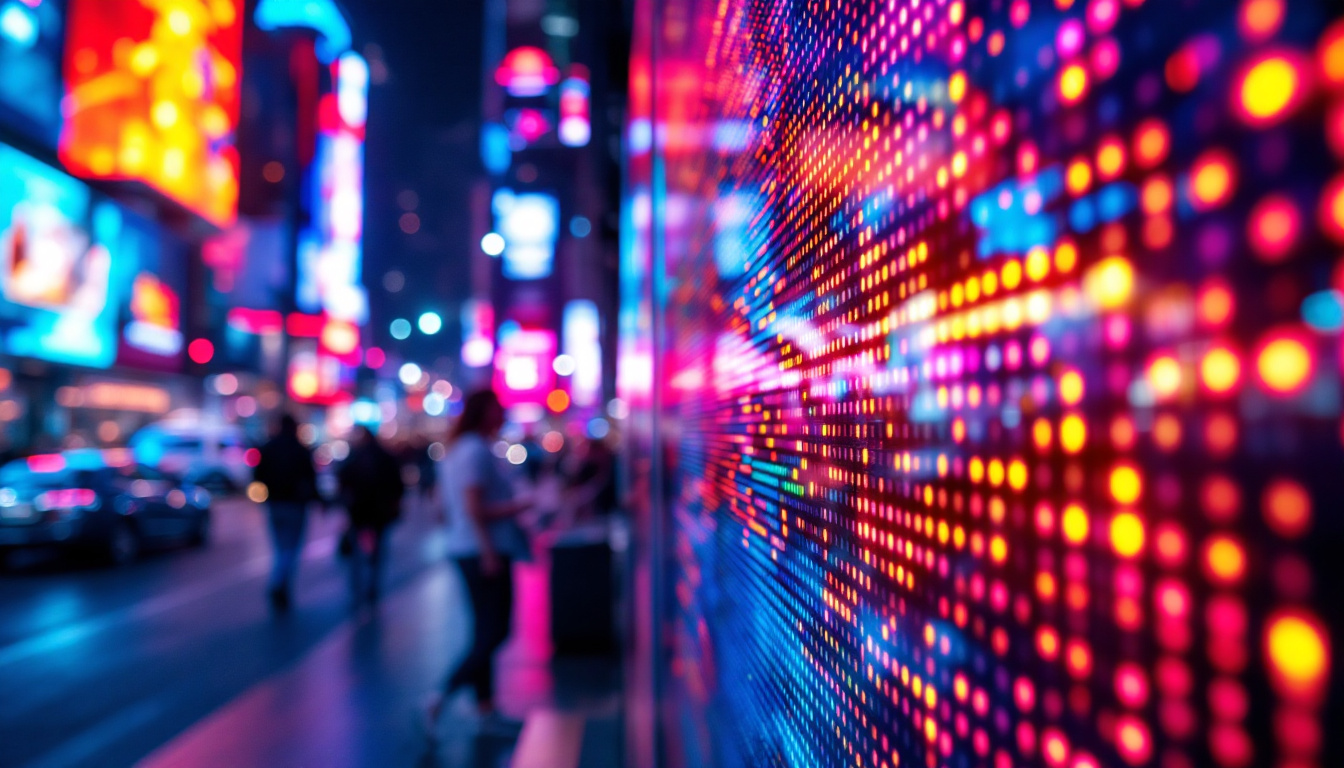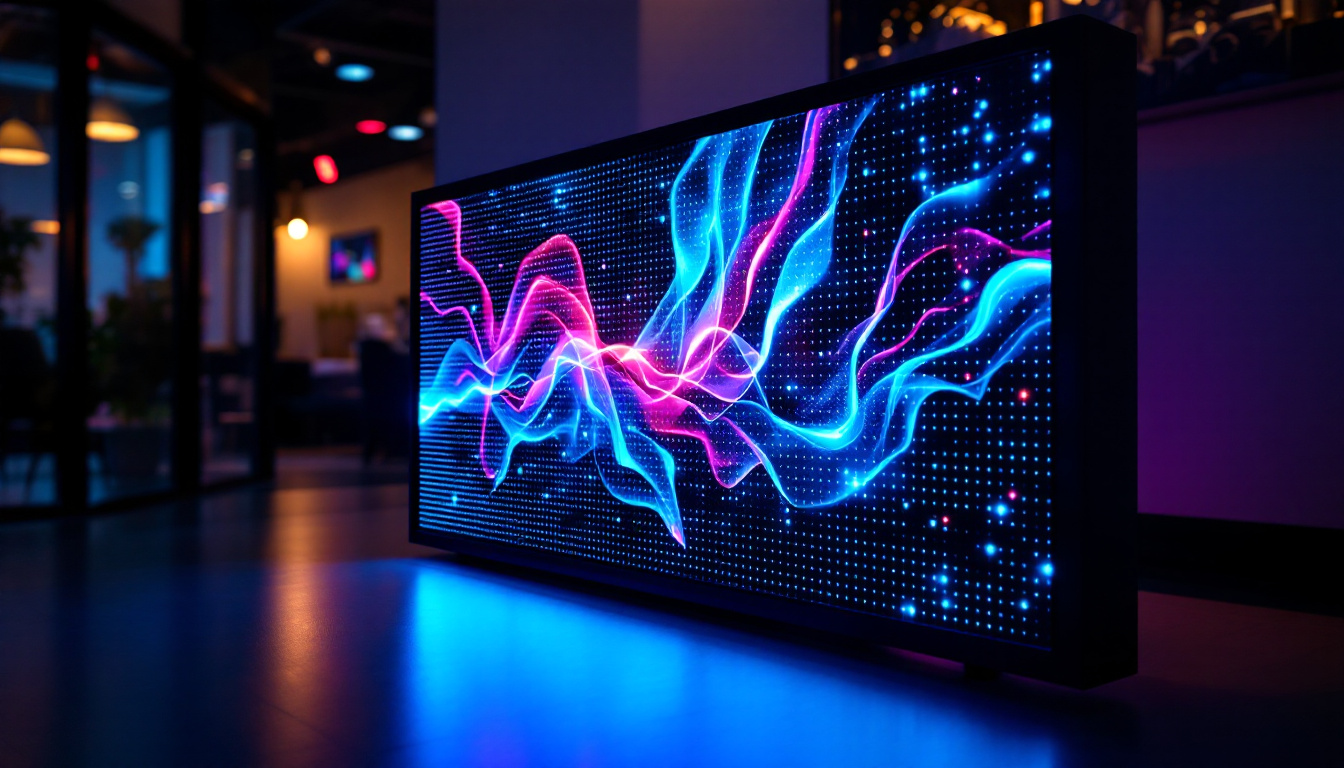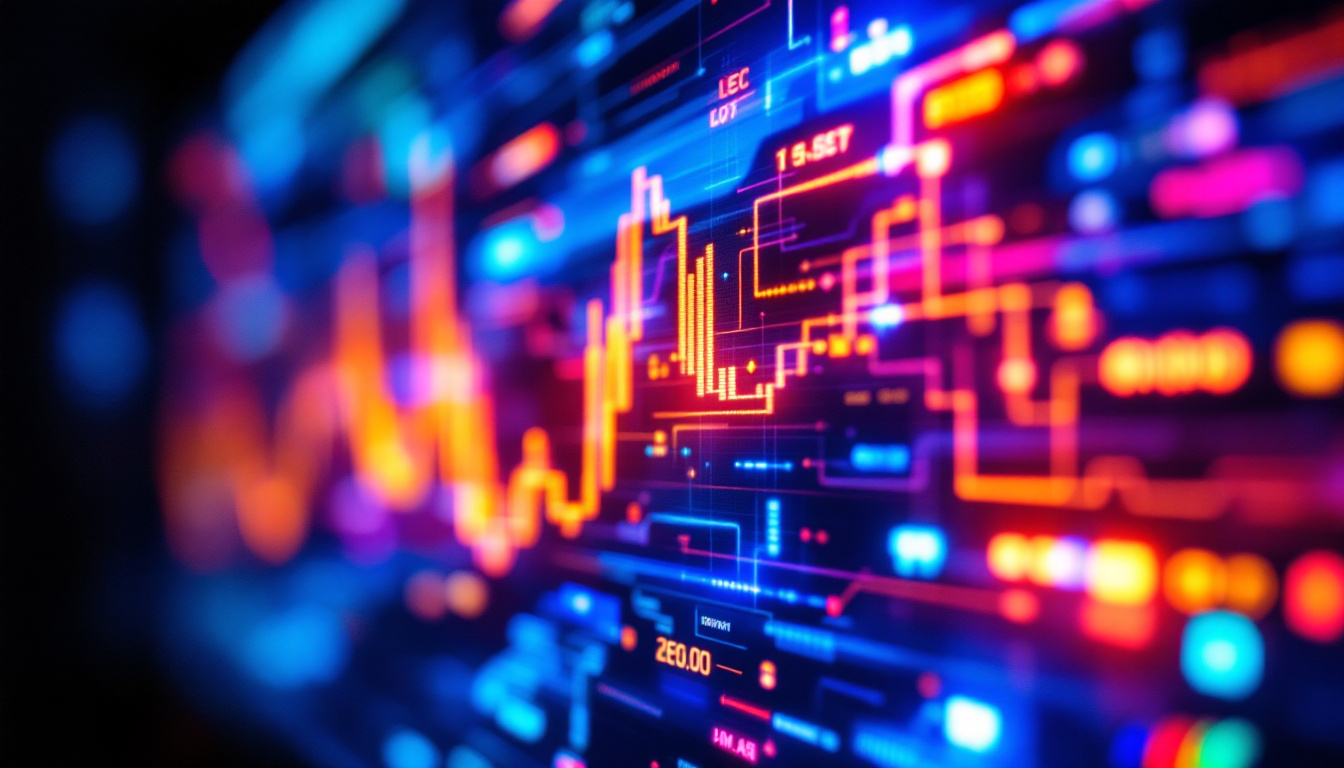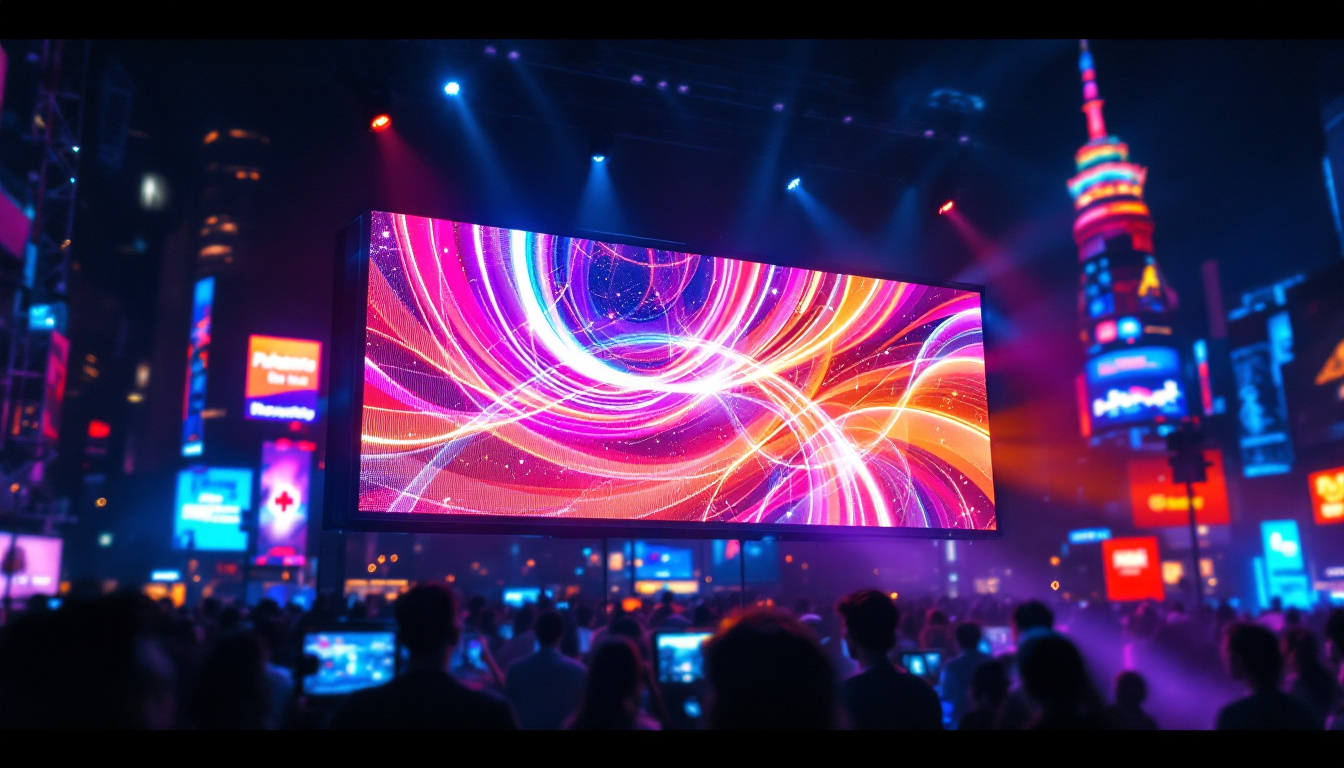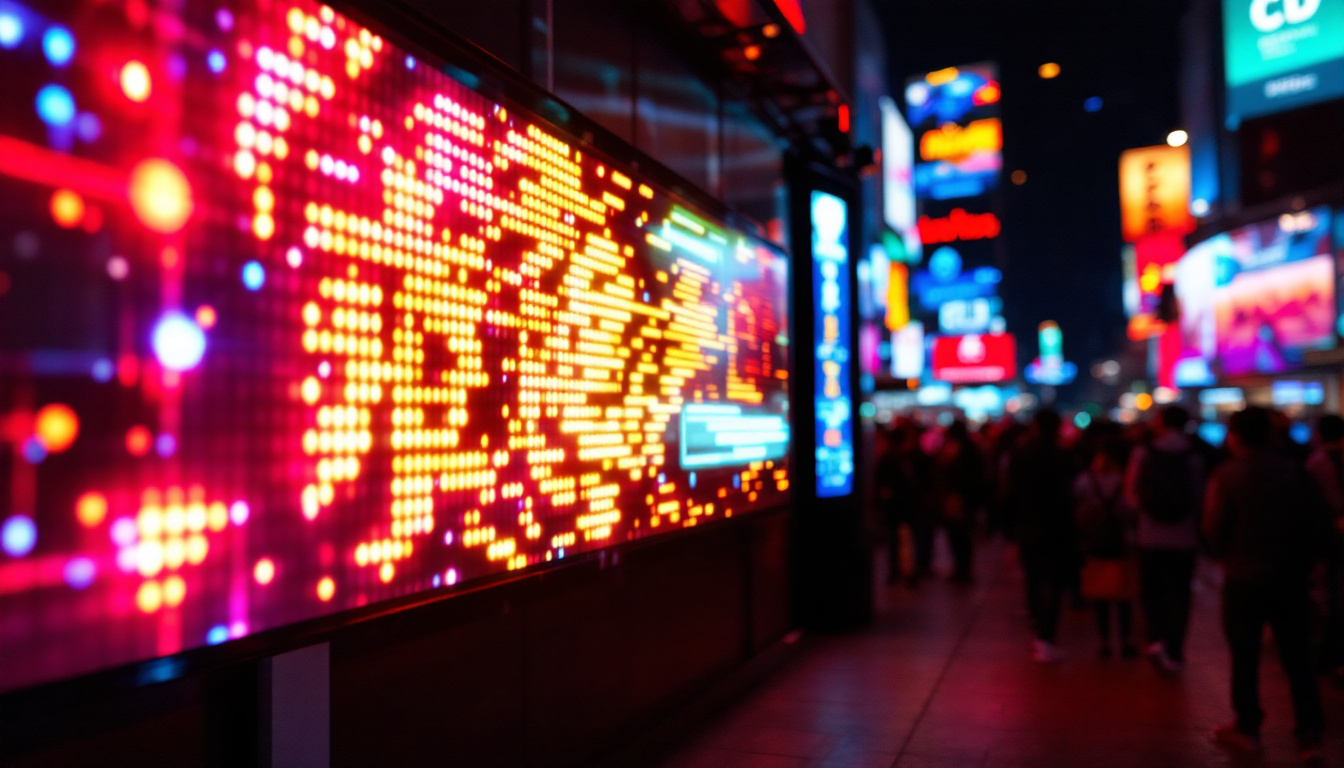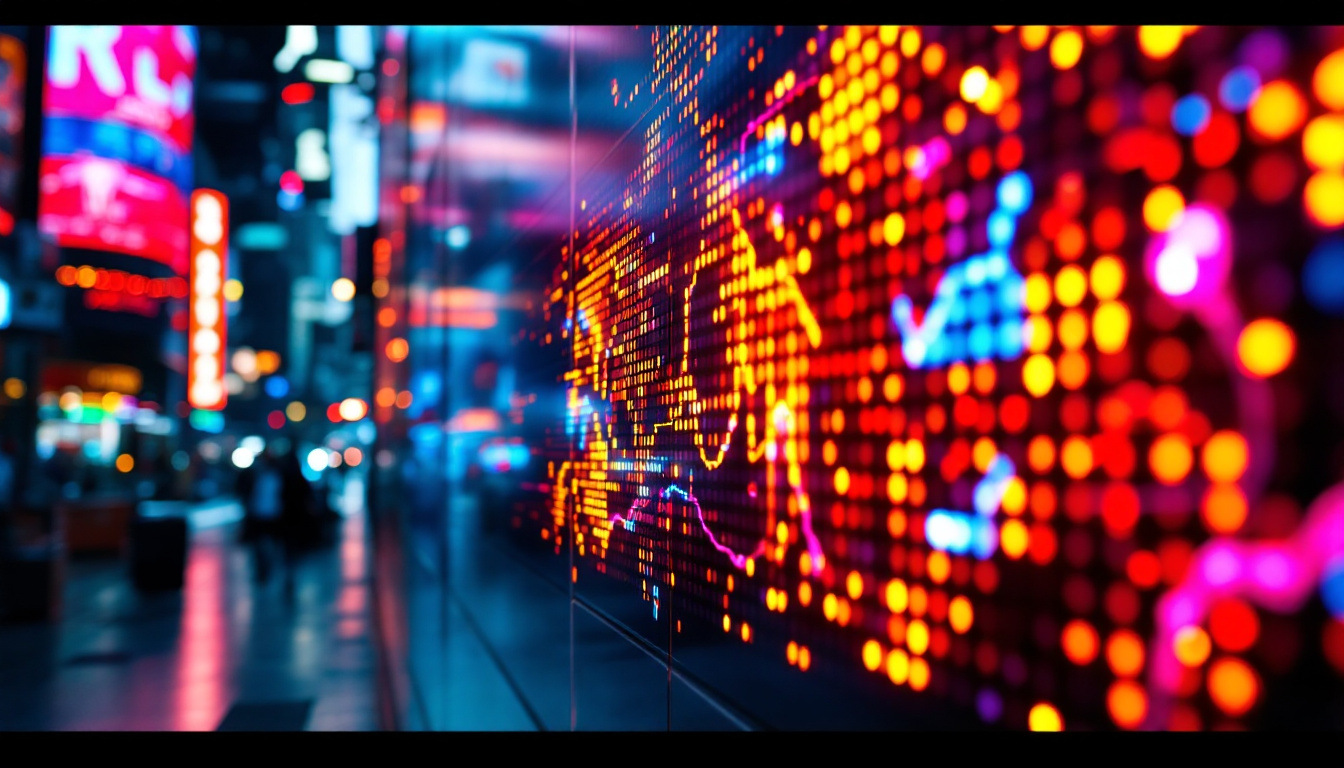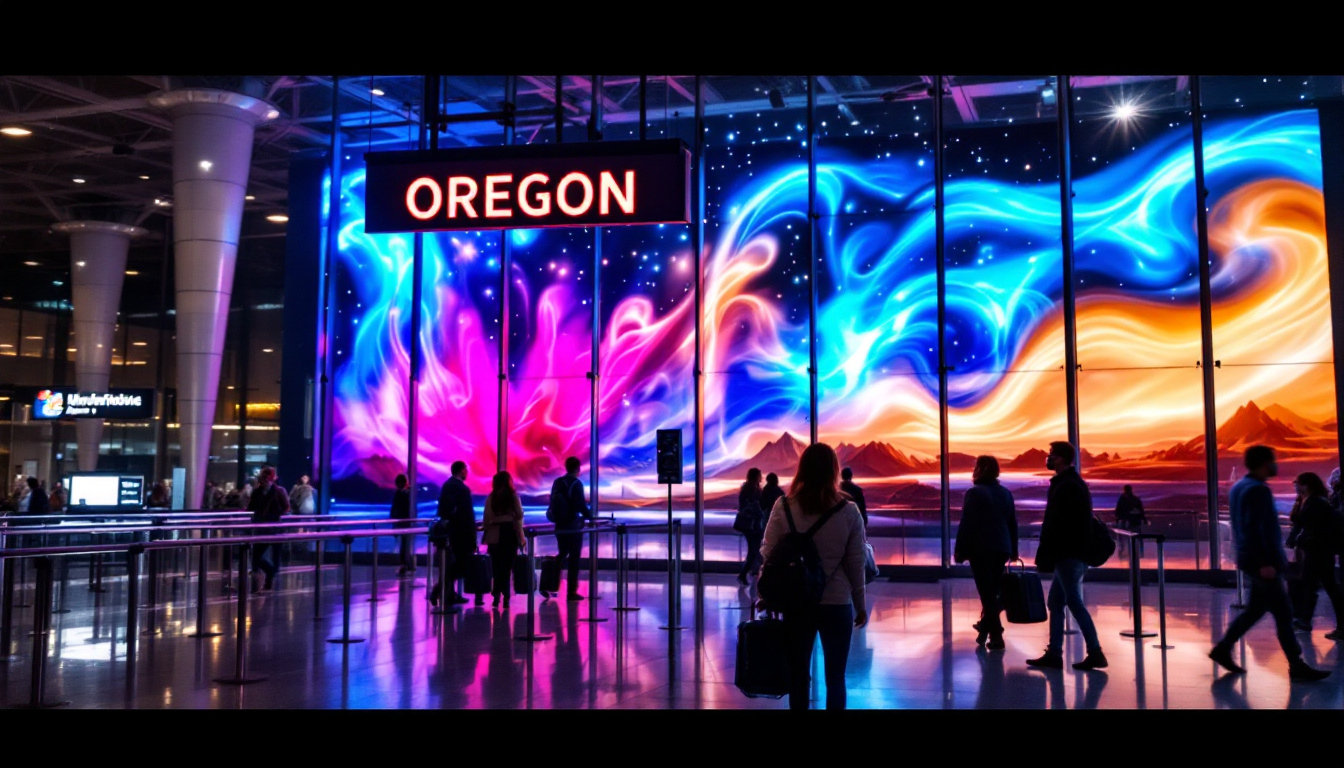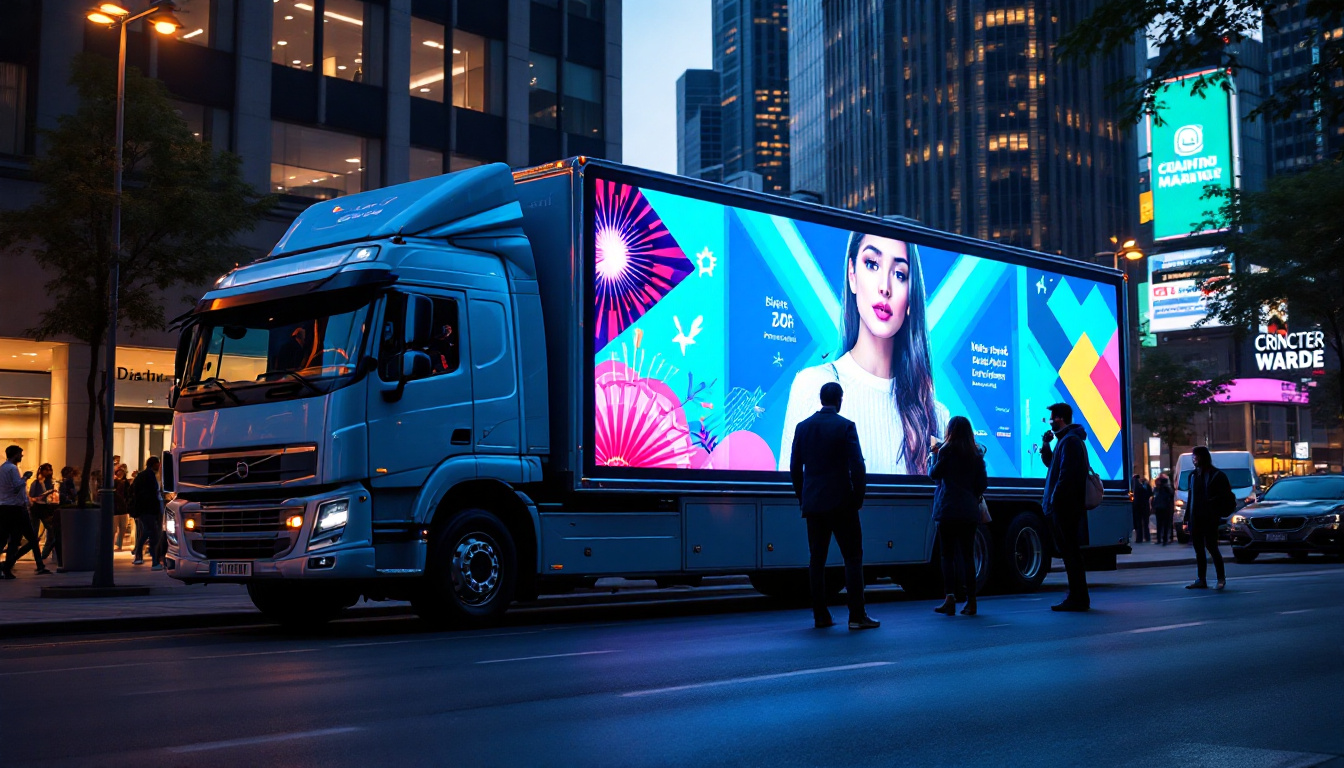In the world of theatre, the set design plays a crucial role in creating an immersive experience for the audience. Among various elements that contribute to this experience, LED displays have emerged as a revolutionary tool in set construction. This article delves into the intricacies of LED displays in theatre set construction, exploring their benefits, applications, and the technology behind them.
Understanding LED Displays
Light Emitting Diodes (LEDs) are semiconductor devices that emit light when an electric current passes through them. Over the years, LED technology has advanced significantly, making it a preferred choice for various applications, including theatre set design. These displays can create vibrant visuals, dynamic backgrounds, and even intricate animations, enhancing the overall aesthetic of a production. The ability to manipulate light and color with such precision has revolutionized the way stories are told on stage, allowing for a more immersive experience for the audience.
Moreover, the compact nature of LED technology means that these displays can be integrated into a variety of set designs without taking up excessive space. This adaptability is particularly beneficial in modern theatre, where space can often be at a premium. The use of LED displays not only enhances visual storytelling but also opens up new avenues for creative expression, allowing directors and designers to push the boundaries of traditional stagecraft.
Types of LED Displays
There are several types of LED displays used in theatre settings, each with its unique characteristics and applications. The most common types include:
- LED Video Walls: These are large screens made up of multiple LED panels that can display high-resolution videos and images. They are often used as backdrops or side screens in performances, providing a canvas for stunning visuals that can change in real-time, responding to the action on stage.
- LED Strip Lights: Flexible and versatile, LED strip lights can be used for accent lighting or to outline set pieces. They can create mood and atmosphere, enhancing the visual storytelling. The ability to change colors and brightness allows for quick adjustments to match the emotional tone of a scene.
- Pixel Mapping: This technology allows for individual control of each LED pixel, enabling intricate designs and patterns that can change throughout a performance. This capability can transform a simple backdrop into an animated scene, captivating the audience’s attention.
Advantages of Using LED Displays in Theatre
The integration of LED displays into theatre set construction offers numerous advantages that can elevate a production:
- Versatility: LED displays can be easily reconfigured for different productions, allowing for a wide range of creative possibilities. This flexibility means that a single set of LED panels can be used for multiple shows, each time offering a fresh visual experience.
- energy efficiency: Compared to traditional lighting, LED technology consumes significantly less power, making it a more sustainable choice for theatres. This not only reduces operational costs but also aligns with the growing emphasis on environmental responsibility in the arts.
- High-Quality Visuals: The clarity and brightness of LED displays ensure that visuals remain sharp and engaging, even in large venues. With advancements in technology, the color accuracy and contrast ratios of LED screens have improved, allowing for richer and more vibrant presentations.
Additionally, the durability of LED displays means they can withstand the rigors of frequent use, making them a long-term investment for theatre companies. Unlike traditional lighting setups, which may require regular maintenance and replacement, LED technology is designed to last, reducing downtime and ensuring that productions run smoothly. This reliability is crucial in the fast-paced world of theatre, where every moment counts and technical failures can disrupt the flow of a performance.
Applications of LED Displays in Theatre
LED displays have found their way into various aspects of theatre production, from set design to performance enhancement. Their adaptability allows for creative expression that can significantly impact the audience’s experience.
Set Design
In set design, LED displays can serve as dynamic backdrops that change with the narrative. Instead of static scenery, designers can project images, videos, or animations that complement the story being told. This not only saves space but also allows for quick transitions between scenes, keeping the audience engaged.
For instance, a single LED wall can depict different environments, such as a bustling cityscape or a serene forest, simply by changing the displayed content. This flexibility enhances storytelling and allows for a more fluid narrative flow.
Lighting Effects
LED displays can also be integrated into the lighting design of a production. By using LED panels and strips, designers can create stunning visual effects that enhance the mood and atmosphere. For example, a soft, warm glow can be achieved with strategically placed LED lights, while vibrant colors can energize a scene.
Moreover, LED technology allows for precise control over color and intensity, enabling designers to synchronize lighting effects with music and performance cues. This level of control can transform a theatre production, making it a multi-sensory experience.
Interactive Elements
As technology continues to evolve, so does the potential for interactive theatre experiences. LED displays can be used to create interactive elements that engage the audience in real-time. For example, audience members can use their smartphones to influence the visuals displayed on stage, creating a unique and immersive experience.
This interactivity not only enhances audience engagement but also allows for personalized experiences, making each performance distinct. Such innovative applications of LED technology are paving the way for the future of theatre.
Technical Considerations for LED Display Integration
While the benefits of LED displays in theatre set construction are clear, several technical considerations must be addressed to ensure successful integration.
Resolution and Pixel Density
The resolution and pixel density of LED displays are critical factors that impact the quality of visuals. Higher resolution displays provide clearer images, which is especially important for large productions where the audience is seated far from the stage. The pixel density, measured in pixels per square meter, determines how detailed the image will appear from various distances.
Choosing the right resolution and pixel density depends on the specific requirements of the production, including the size of the venue and the viewing distance. A careful assessment of these factors can significantly enhance the audience’s visual experience.
Installation and Setup
Installing LED displays requires careful planning and execution. The setup must consider factors such as weight distribution, power supply, and connectivity. Additionally, the positioning of the displays should be strategically planned to ensure optimal visibility from all angles of the theatre.
Collaboration between set designers, lighting technicians, and audio-visual experts is essential during the installation phase. This teamwork ensures that all technical aspects are aligned and that the LED displays function seamlessly within the overall production.
Maintenance and Troubleshooting
Like any technology, LED displays require regular maintenance to ensure they operate at peak performance. This includes checking for dead pixels, ensuring proper calibration, and cleaning the screens to maintain visual clarity.
In the event of a malfunction during a performance, having a troubleshooting plan in place is crucial. Technicians should be trained to quickly address any issues that may arise, minimizing disruptions and maintaining the flow of the production.
Future Trends in LED Display Technology
Theatre set construction is continually evolving, and LED display technology is at the forefront of this transformation. As advancements continue to emerge, several trends are shaping the future of LED displays in theatre.
Increased Portability
One of the most significant trends is the development of more portable and lightweight LED displays. As productions often travel to different venues, the ability to easily transport and set up displays is becoming increasingly important. Innovations in materials and design are making it possible to create displays that are both high-quality and easy to handle.
Enhanced Interactivity
As audiences seek more immersive experiences, the demand for interactive LED displays is on the rise. Future advancements may include more sophisticated technologies that allow for real-time audience participation, further blurring the lines between performers and spectators.
Interactive displays can create unique storytelling opportunities, allowing audiences to influence the narrative or visuals in real-time, making each performance distinct and memorable.
Integration with Augmented Reality (AR)
The integration of LED displays with augmented reality technology is another exciting trend. By combining these technologies, theatre productions can create stunning visual effects that enhance the storytelling experience. For instance, performers could interact with virtual elements displayed on LED screens, creating a more immersive environment.
This fusion of LED displays and AR technology has the potential to revolutionize how stories are told on stage, providing audiences with a truly unique and engaging experience.
Conclusion
LED displays have undeniably transformed theatre set construction, offering innovative solutions that enhance storytelling and audience engagement. From dynamic backdrops to interactive elements, the applications of LED technology are vast and varied. As advancements continue to shape the future of theatre, the integration of LED displays will likely play a pivotal role in creating unforgettable experiences for audiences worldwide.
By understanding the technical considerations and embracing future trends, theatre professionals can harness the power of LED displays to elevate their productions to new heights. As the world of theatre continues to evolve, one thing remains clear: LED technology is here to stay, lighting the way for a new era of creativity and innovation.
Illuminate Your Theatre Production with LumenMatrix
Ready to take your theatre set construction to the next level? Discover the unparalleled brilliance and innovation of LumenMatrix’s LED display technology. With our extensive range of solutions, including Indoor and Outdoor LED Wall Displays, Vehicle LED Displays, LED Poster Displays, LED Sports Displays, Floor LED Displays, Custom LED Displays, All-in-One LED Displays, and LED Transparent Displays, LumenMatrix is committed to transforming your visual storytelling. Elevate your audience’s experience and bring your creative vision to life with clarity and impact. Check out LumenMatrix LED Display Solutions today and join the revolution in visual communication.

